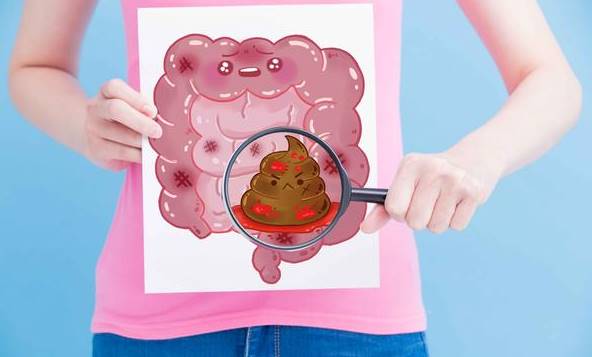
Colon cancer is a common malignant tumor of the digestive tract. Its main symptoms include abdominal distension, indigestion, changes in bowel habits, mucus, mucus, pus and blood, etc. Routine examinations include colonoscopy, abdominal plain films, barium enema, etc. The main treatment method is surgery. Mainly, supplemented by chemotherapy, immunotherapy, traditional Chinese medicine and other comprehensive treatments.
Disease overviewColon cancer refers to a malignant lesion of the colon mucosal epithelium that occurs under the influence of various carcinogenic factors such as environmental or genetic factors.
It is one of the common malignant tumors, with the highest incidence rate in the 40- to 50-year-old age group. There are approximately 800 new cases worldwide every year. million, accounting for 10% to 15% of all malignant tumors.

PathophysiologyThe gross macroscopic classification of colon cancer can be divided into:
There are three types: mass type (cauliflower type, soft cancer), invasive type (constriction type, hard cancer) and ulcer type.
Among them, the ulcer type is the most common, which is prone to bleeding, infection, and penetration in the left colon. The intestinal wall metastasizes earlier.
Histological types include:
1. Adenocarcinoma: accounts for about three-quarters.
2. Mucinous carcinoma: poorly differentiated and has a worse prognosis than adenocarcinoma.
3. Undifferentiated cancer: Very poorly differentiated and has the worst prognosis.
The article is not finished. Click on the next page to continue.
The article is not finished. Click on the next page to continue.
Next page


















